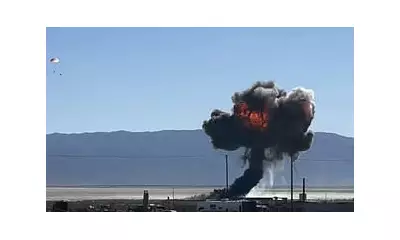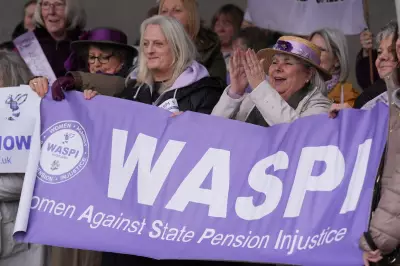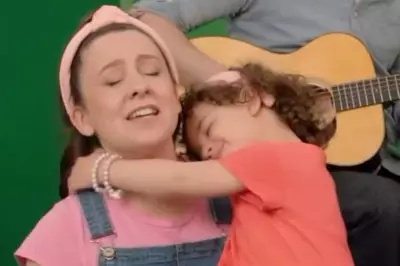
Serbia's capital, Belgrade, has become the epicentre of violent unrest as anti-government protests escalate into fierce clashes between demonstrators and security forces. The streets of the city witnessed chaotic scenes as protesters clashed with riot police, marking a significant deterioration in the country's political crisis.
Protests Turn Violent
What began as peaceful demonstrations against the government has transformed into a night of chaos, with reports of tear gas, fireworks, and physical altercations between protesters and law enforcement. Eyewitnesses describe scenes of pandemonium as crowds swelled in central Belgrade.
Government Response Under Scrutiny
The Serbian authorities have come under international criticism for their handling of the protests, with human rights organisations questioning the proportionality of police response. Meanwhile, government officials maintain they are acting to preserve public order.
Roots of the Discontent
The protests stem from growing dissatisfaction with the current administration, with demonstrators citing concerns about:
- Alleged government corruption
- Economic instability
- Perceived erosion of democratic institutions
- Controversial policy decisions
Analysts suggest the unrest reflects deeper societal divisions that have been simmering for months.
International Reaction
The European Union has issued a statement urging restraint from all parties, while neighbouring countries monitor the situation with growing concern. The violence raises questions about stability in the Balkan region at a sensitive geopolitical moment.
As dawn broke over Belgrade, the city remained tense, with both protesters and authorities preparing for what many fear could be another day of confrontation. The situation continues to develop rapidly, with local media reporting sporadic clashes in various districts.





